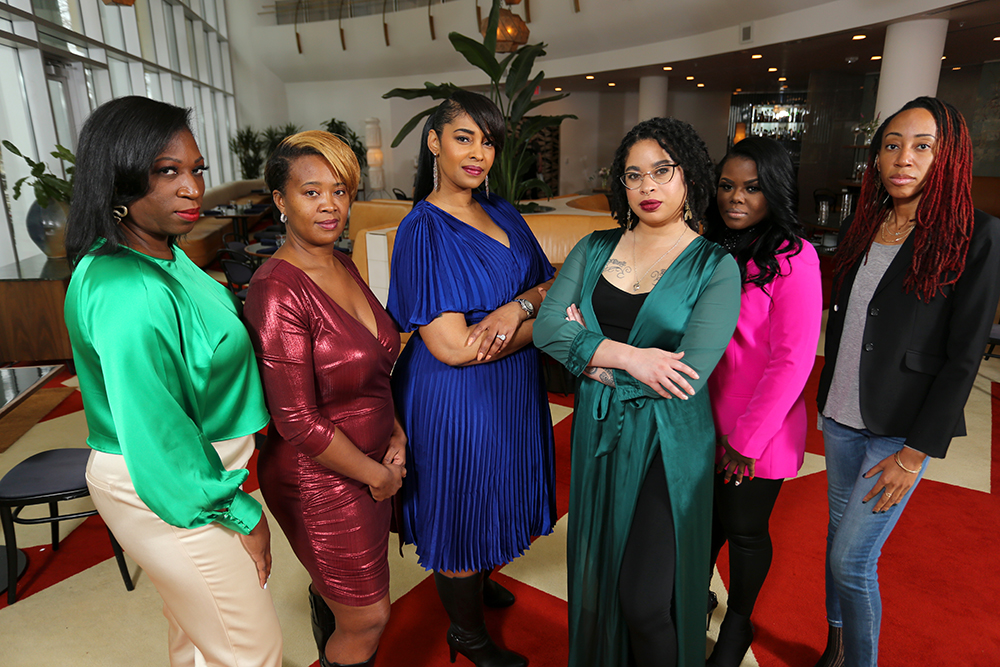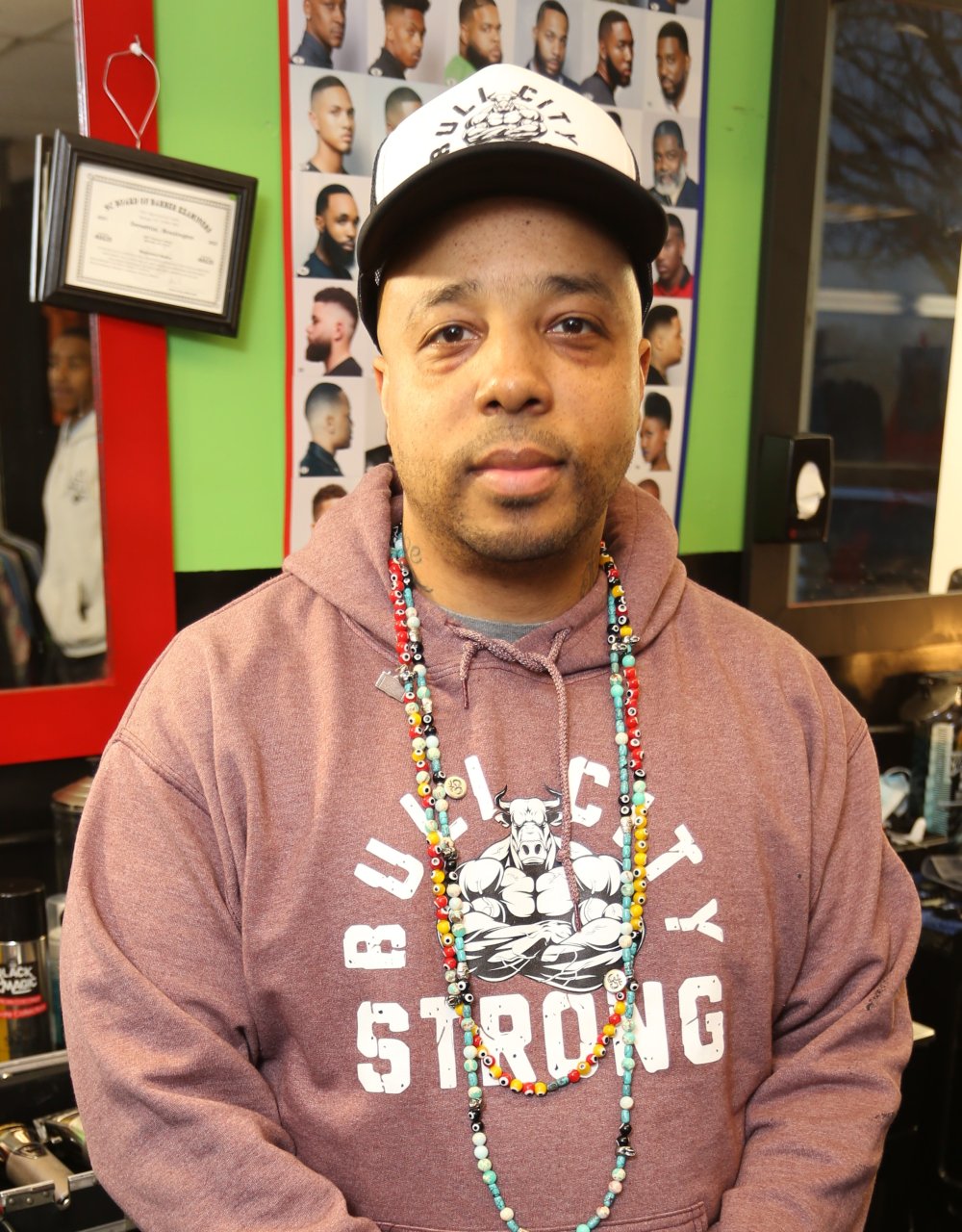Health Equity Reimagined
Solutions in Action: News
Into the Community:
Addressing Health Disparities through Equity, Engagement, Advocacy & Trust
Access to quality care is one of several social determinants of health that impact people’s ability to stay healthy. Americans of color have lived this experience for generations. Research demonstrates multiple influencing factors. According to the Agency for Healthcare Research and Quality’s 2019 National Healthcare Quality and Disparities Report, “racial and ethnic minorities … often face more barriers to care and receive poorer quality of care when they can get it. The growing evidence base shows that patients of different racial and ethnic groups experience quality of care inequitably and disparately.”
This inequitable situation persists despite years of research, policy, and programming to close the gap by using the traditional health care infrastructure. Nurse researchers at Duke are transforming community health in ways that contribute to meaningful progress in reducing health disparities.
Associate Professor Schenita Randolph, PhD, MPH, RN, observes that it is essential to identify additional environments in which it’s possible to advance community health because of the comfort that people have with a particular place.
“We need to find ways to make sure all people have access to accurate health information and access to care to get their health needs met,” Randolph says.
For example, Randolph leads an HIV prevention program that connects with community members through venues they frequently visit — beauty salons and barbershops. This health intervention turns to salons and barbershops, often a safe space for intimate conversations, to help raise HIV awareness among Black women in the U.S. South. Collaborators for this program include Associate Professor Ragan Johnson, DNP, FNP-BC, CNE, and two beauty salon owners and stylists, Tamica Campbell Hughes and Corinna Dunn.
Data from AIDSVu shows why awareness and prevention are so important:
- Most women who contract HIV do so from heterosexual contact (81.7 percent).
- In the southern region of the U.S., the rate of Black females diagnosed with HIV is 14.3 times that of White females.
Activating Community Members
Randolph launched The HEEAT Lab, addressing Health disparities through Equity, Engagement, Advocacy, and Trust, in 2020. Its research is informed by Randolph’s experience as a public health nurse specializing in sexual health, where she saw firsthand the shortcomings of traditional health promotion and care delivery models. To counter that, the Lab is investigating how use of community members can get vital information and care to people who may not trust or rely on traditional health systems or who have limited access to care.
“Engaging the community to help us develop programs allows us to hear their lived experiences and to understand what will work and what will not work in a real-world setting. We want our efforts to be impactful and sustainable,” she says.
Activating influential members of the community as health advocates increases trust in the information, encourages people to engage with the health system, and can improve overall wellness. The Lab is launching two projects that take health promotion to trusted, accessible people and places in the community.
Deploying Local Influencers
HIV prevention and care represents the largest disparities, according to the Agency for Healthcare Research and Quality report. For example, Black women constitute 12.9 percent of the U.S. population yet represent 60 percent of new HIV cases among women, and more Black people die from HIV than from any other group.
There are multiple contributors for these disparities, so addressing them is complicated. One contributor that warrants attention is that research shows that Black women experience discrimination by health care providers in the clinical encounter. This, in turn, prompts many women to lose interest in interacting with the health care system.
Another contributing factor is the underutilization of new drugs that dramatically reduce the risk of contracting HIV. For example, PrEP (pre-exposure prophylaxis) is a daily pill proven to be ninety-nine percent effective at preventing transmission to HIV-negative people, according to the Centers for Disease Control and Prevention. Though readily available, less than one percent of women eligible for the medication are taking it. The barriers for this are many and well documented. Many women perceive their risk to be low and do not see themselves in the marketing of PrEP, as most of the drug’s marketing is directed to men who have sex with men. Once women learn about PrEP, they are open to considering it as a good option for them, says Randolph.
That’s why Randolph’s lab is rolling out Using PrEP and Doing It for Ourselves (UPDOs), a salon-based intervention to raise awareness of PrEP.
“UPDOs was developed with the community, with other Black women, for the community,” Randolph says. “That’s really important.”
Salons have been venues for health promotion for many years. But unlike programs that use the stylist as an interventionist, UPDOs leverages the salon to reach social networks of women who may be eligible for PrEP or know other women who would benefit from PrEP.
“The salon is the place most people come to get service – but, most of all, talk,” says Tamica Hughes, UPDOs partner and owner and stylist of Kotur Hair Salon in Greensboro, North Carolina. “People feel safe to talk and share anything with their stylist and barber, and we are able to impact the community with the knowledge we share about PrEP –information that can save their lives.”
"We were latchkey kids, raised mostly by TV ... so it isn't like we had this information given to us. But who doesn't want their child to be safe? Who doesn't want to have information and resources to give their child to protect them?"
Akili Hester
Barbershop Owner
UPDOs provides information and training for salon staff, which carries CEU credits. This encourages owners and managers to participate because continuing education is required for licensure renewal. “Getting CEU credit hours and learning information to help our clients is the best part,” Hughes says. “It is a win-win for everyone.”
The trial program will measure the approach’s ability to improve awareness, knowledge, and uptake of PrEP among Black women living in the U.S. South.
“Black women are influencers in their communities. We are gatekeepers,” Randolph says. “If we can bring information on PrEP and other health issues to Black women, they can share it with others. We’re building on the community’s strengths.”
Engaging Black Fathers
Moms carry a lot of the responsibility for talking to teen family members about sex and health, but dads can be very influential as well. Most health care providers and health promotion programs focus on mothers, missing an opportunity to engage fathers to further influence decisions and behaviors.
Prior research has shown that many fathers don’t have these conversations because they’re not sure how. They may lack experience of talking to their own fathers or father figures about sexuality, and they don’t know what’s appropriate to discuss with their sons, or when.
“A lot of us have not been raised like that,” says Akili Hester, partner and owner of the Hayti and Black Wall Street barbershops in Durham. “We were latchkey kids, raised mostly by TV ... so it isn’t like we had this information given to us. But who doesn’t want their child to be safe? Who doesn’t want to have information and resources to give their child to protect them? Who doesn’t want to be able to figure out a way to have those tough conversations with their sons?”
Initially, the HEEAT Lab developed The Talk to engage men in discussing sexual health with their kids. They produced an online curriculum for dads that includes father-to-father podcasts, videos, and other educational content. The research trial was designed with members of the Black community, specifically for Black fathers.
“The Talk is a great way to get the ball rolling in getting this information and the resources to the community,” Hester says. “We speak the same language. The face that’s helping you is just like yours. And we give it to you in a way that can be relatable.”
Two major events expanded the program’s reach. In response to the COVID-19 outbreak, which disproportionately impacted (and still impacts) Black families, the Lab created materials and had online community conversations to talk about COVID safety and prevention.
“With the racial unrest in this country, we shifted our focus to also look at The Talk in terms of addressing experiences with racism,” Randolph says. The team partnered with WE ARE, a nonprofit that delivers anti-racism training for children, families, and educators, to develop strategies for conversations with adolescents about racism and health.
After further reflection and conversations with WE ARE, expanding The Talk made sense. “Racism wasn’t directly a part of our research,” Randolph says. “But if we’re true to addressing health disparities and inequities in our community, we have to do more than talk about it as a contributing factor. We have to take action.”
Nurses are in a unique position to influence prevention and care delivery.
“We’re often more aware of the patient’s lived experiences. We understand social determinants of health, and we know how to take a holistic approach to the care that we give, which gives us a total view of patient and family care,” Randolph says.

